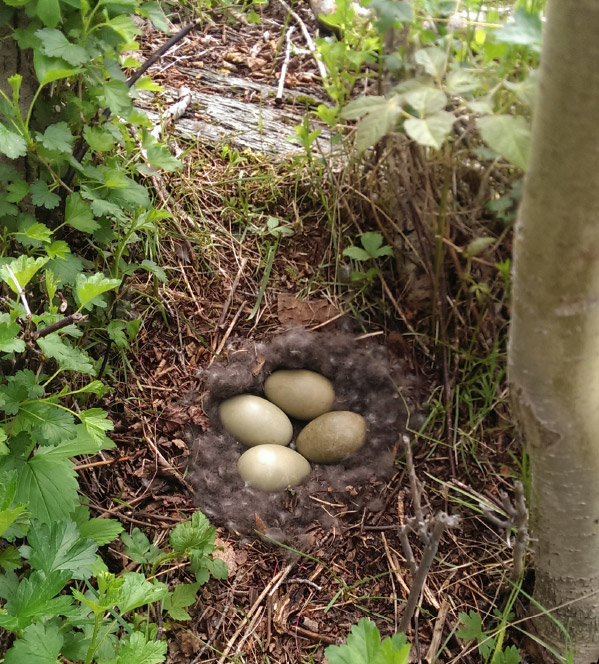
About Feathers and Down

Feathers & Down are the principle covering of waterfowl, and each are distinct from the other. Feathers are light and the outer covering of the birds. They have a very strong two dimensional structure, and primarily enable birds to fly or act as a layer of protection, with insulation for warmth being a secondary value. As a result of the tubular quill shaft running from one end to the other and flat, rigid protrusions containing filaments, feathers are unable to trap air effectively. Feathers are strong though, as the result of this central vein, so they also have reduced softness value when contained in consumer products.
Down, on the other hand, is the soft and ‘fluffy’ undercoating of waterfowl. Down clusters consist of millions of small, light, filaments which grow outward from a central quill point. These filaments create a three-dimensional structure which, when they interlock, effectively trap air which in turn gives down natural insulating ability. The measurement of Down’s ability to trap air is called ‘loft’ and is measurable using a variety of methods. The loft of Down is what gives it the ability to keep you warm, as it is the most effective insulator which exists today, better than any synthetic on the market. Due to the naturally occurring oils which help keep ducks and geese dry, Down has a natural water resistance, and wicks away any body moisture and transports it through the filaments to the outside of the down filled product, where it evaporates keeping you warm AND dry. These are some of the reasons down is so popular in the manufacturing of duvets, pillows, jackets, sleeping bags, etc. Not only is Down warm, dry, and natural – its also sustainable as the product is 100% biodegradable.
